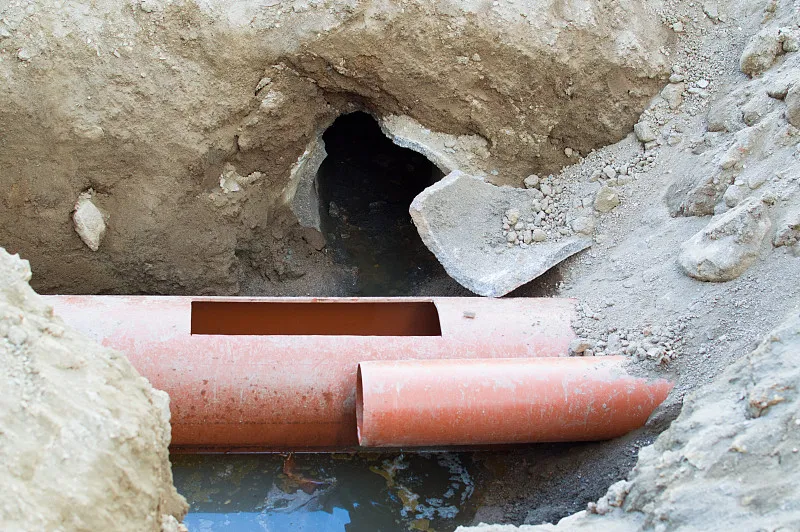Introduction to PPR Pipe
PPR (Polypropylene Random Copolymer) pipes are among the most preferred choices for plumbing and water transportation systems today. These PPR Pipe are highly valued for their excellent thermal and chemical resistance, making them suitable for various applications like hot and cold water supply systems, industrial fluid handling, and more.
Benefits of Using PPR Pipe
- Durability: PPR pipes are resistant to corrosion, scaling, and abrasion, offering a long lifespan of over 50 years.
- Eco-Friendly: Made from recyclable materials, they are an environmentally friendly option.
- Lightweight: Easy to transport and install due to their lightweight design.
- Thermal Insulation: PPR pipes have low thermal conductivity, making them ideal for hot water systems.
- Cost-Effective: Reduced maintenance needs and durability lower overall costs.
Tools Required for PPR Pipe Installation
To successfully install a PPR pipe system, you’ll need the following tools:
- PPR Pipe Cutter: Ensures clean and precise cuts.
- PPR Welding Machine: Used to heat and fuse the pipes and fittings.
- Measuring Tape: For accurate measurements.
- Marker Pen: To mark cutting and welding points.
- Cleaning Cloth: To clean the pipe ends.
- Fittings: Such as elbows, tees, and couplings for the pipeline connections.
Step-by-Step Guide to PPR Pipe Installation
1. Planning and Measuring
- Design the System: Create a detailed layout of the pipeline system, considering water pressure, pipe length, and fitting positions.
- Accurate Measurements: Measure the required pipe lengths and mark the cutting points with a marker pen.
2. Cutting the Pipes
- Use a PPR Pipe Cutter: Ensure clean and straight cuts to avoid misalignment.
- Double-Check Measurements: Incorrect lengths can result in wastage or poor alignment.
3. Preparing the Pipes and Fittings
- Clean the Pipe Ends: Wipe off dirt, grease, or debris from the pipe ends and fittings using a clean cloth.
- Inspect the Fittings: Ensure they are free of cracks or defects.
4. Heating and Welding
- Preheat the Welding Machine: Set the machine to the recommended temperature (typically 260°C).
- Heat the Pipe and Fitting: Insert the pipe and fitting into the welding machine simultaneously. Heat them for the specified duration (e.g., 5–10 seconds for smaller diameters).
- Join the Components: Remove them from the welding machine and immediately join them together. Hold firmly for a few seconds to allow the material to bond.

5. Assembling the Pipeline
- Connect All Sections: Repeat the heating and welding process for all pipe sections and fittings until the entire system is assembled.
- Check Alignment: Ensure the pipes are straight and securely joined.
6. Pressure Testing
- Inspect for Leaks: Perform a hydrostatic pressure test by filling the system with water and checking for leaks at the joints.
- Fix Issues: If leaks are detected, disassemble the faulty joint and repeat the welding process.
7. Insulation and Final Installation
- Apply Insulation: Use insulation for hot water systems to reduce heat loss and prevent pipe damage.
- Secure the System: Fix the pipes to walls or ceilings using appropriate clamps and brackets.
Maintenance Tips for PPR Pipe Systems
- Regularly inspect joints and fittings for leaks or wear.
- Avoid using sharp tools near the pipes to prevent accidental damage.
- Clean the system periodically to prevent blockages or clogs.
- Ensure that the system is not exposed to direct UV light for prolonged periods.
- Conduct pressure testing every few years to maintain system integrity.
Common Mistakes to Avoid
- Skipping Cleaning: Dirt or debris on the pipe ends can weaken the joints.
- Incorrect Heating: Overheating or underheating can compromise the welding process.
- Poor Alignment: Misaligned pipes can cause leaks and inefficiency.
- Using the Wrong Tools: Ensure all tools are specifically designed for PPR pipes.
- Neglecting Pressure Testing: Failure to test the system may lead to undetected leaks.
Conclusion
Installing PPR pipes is a straightforward process that offers durability, efficiency, and long-term cost savings. By following the outlined steps—from planning and welding to pressure testing and insulation—you can create a reliable plumbing system that stands the test of time. Proper maintenance further ensures the longevity and optimal performance of the system.
FAQs
1. What makes PPR pipes different from other pipe materials?
PPR pipes are highly resistant to corrosion, thermal expansion, and chemical degradation, making them superior to traditional materials like PVC or metal.
2. Can I install PPR pipes for both hot and cold water systems?
Yes, PPR pipes are suitable for both hot and cold water systems due to their high temperature and pressure resistance.
3. How do I test the PPR pipe system after installation?
Conduct a pressure test by filling the system with water and inspecting all joints for leaks under increased pressure.
4. How long does a properly installed PPR pipe system last?
A well-installed PPR pipe system can last over 50 years with minimal maintenance.
5. Are PPR pipes safe for drinking water supply?
Yes, PPR pipes are non-toxic and safe for potable water systems as they do not leach harmful substances into the water.
By following this comprehensive guide, you can ensure a successful PPR pipe installation, achieving the ultimate plumbing solution for your needs.


















